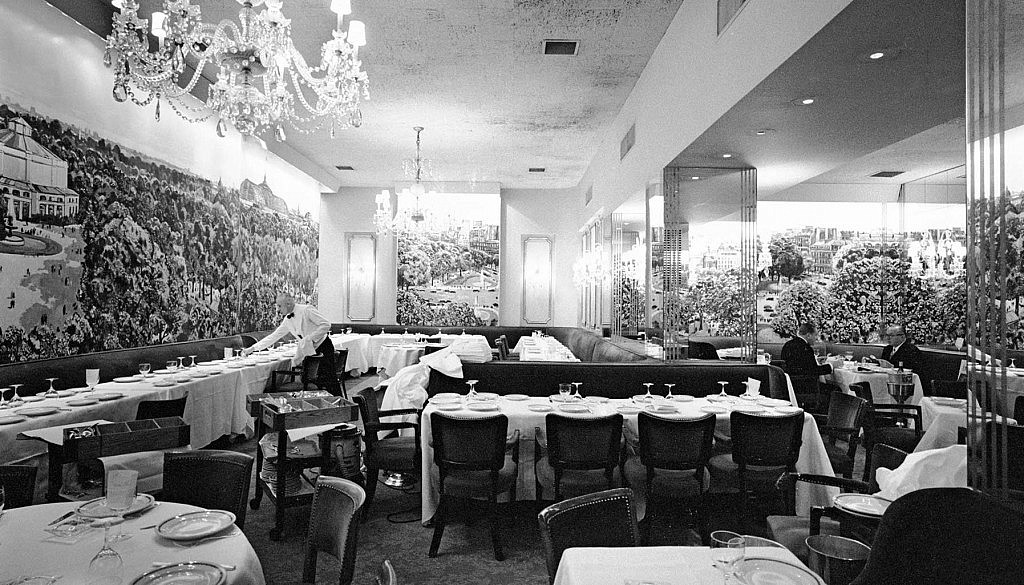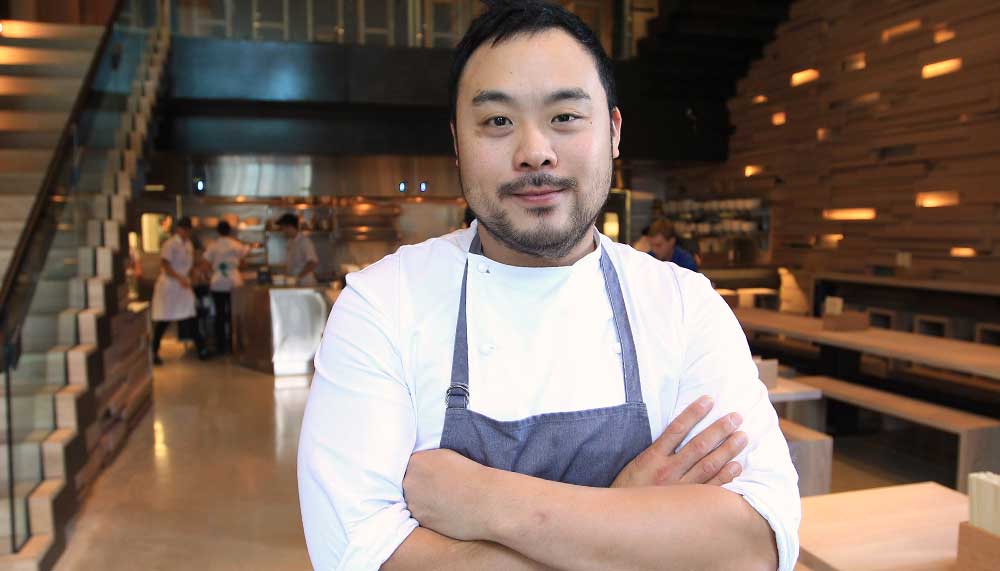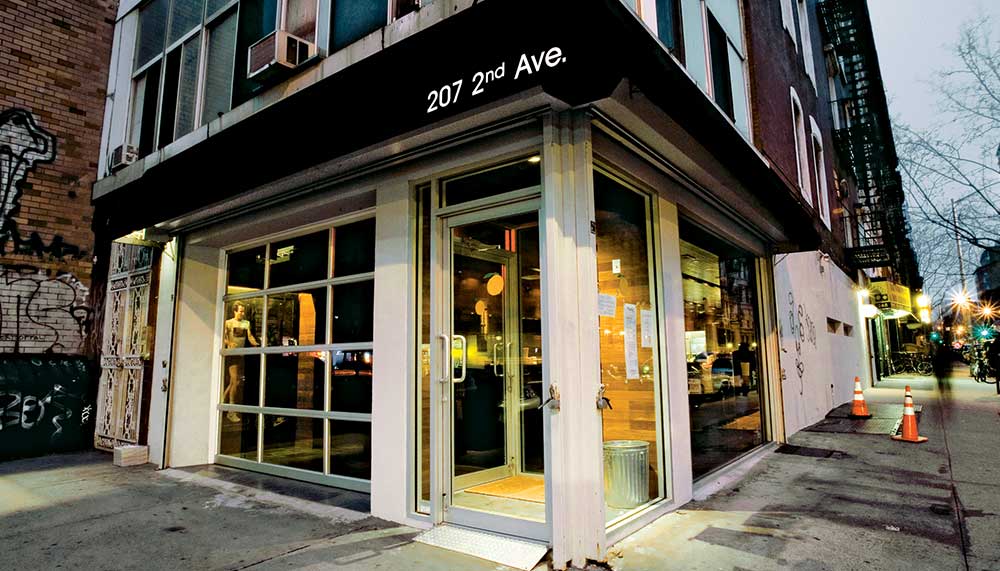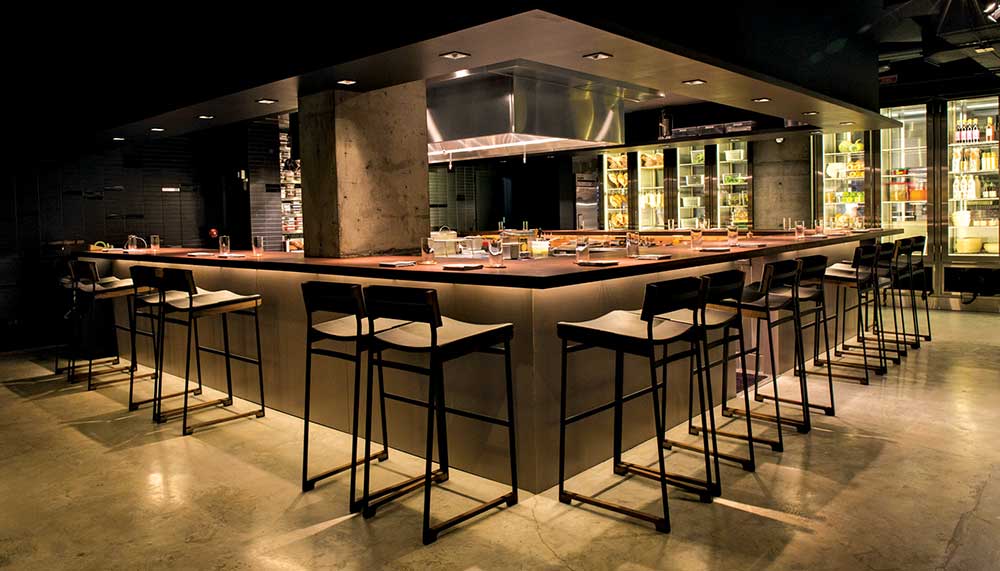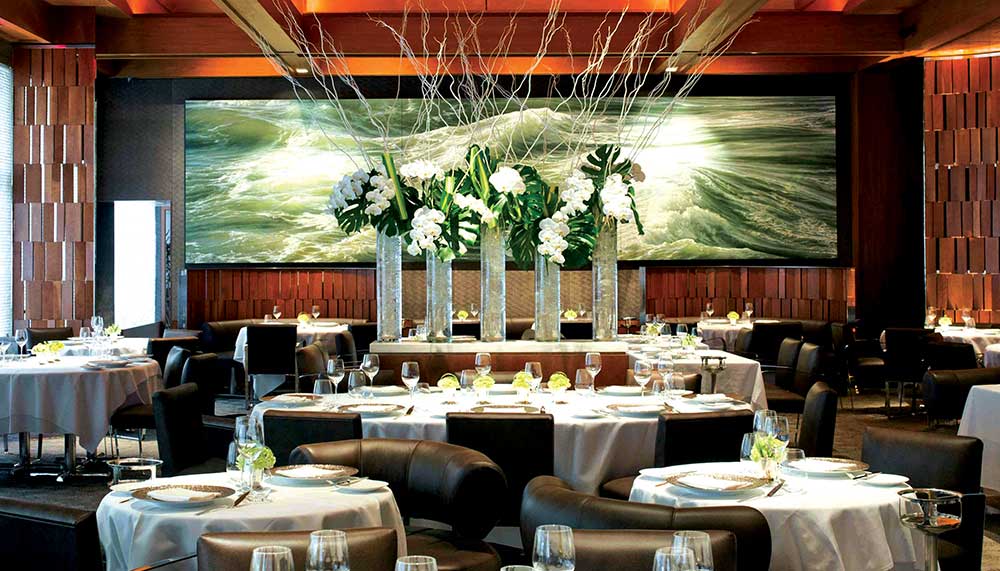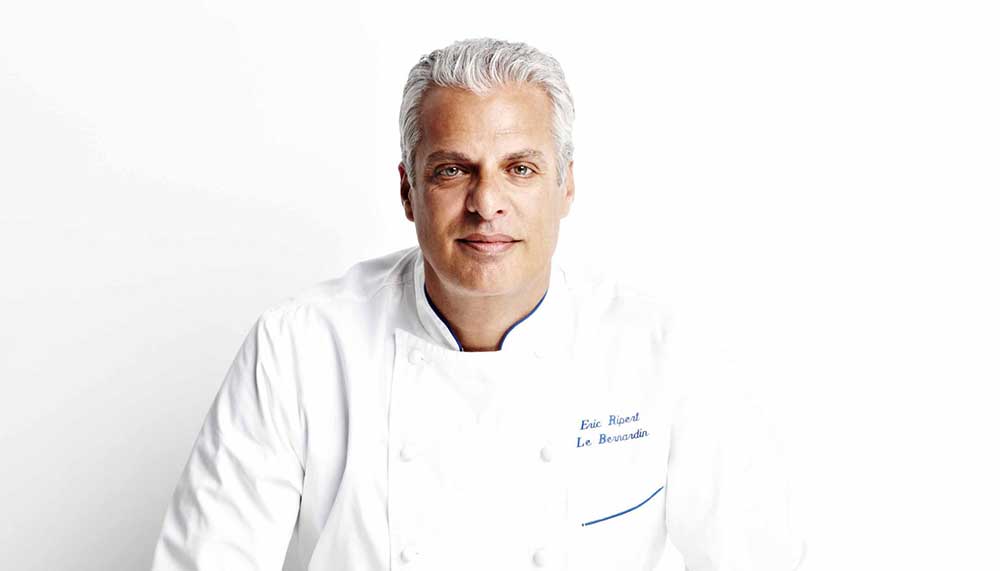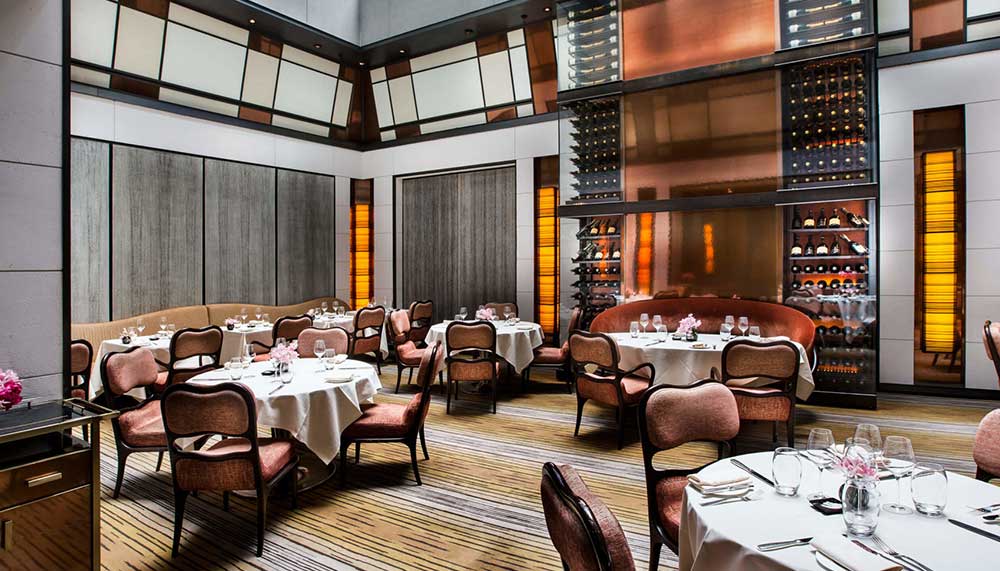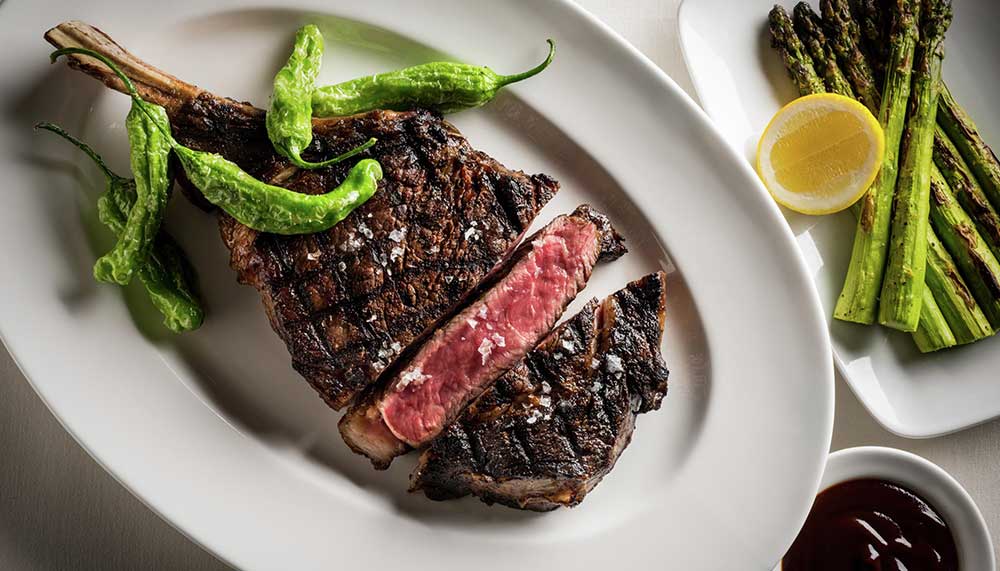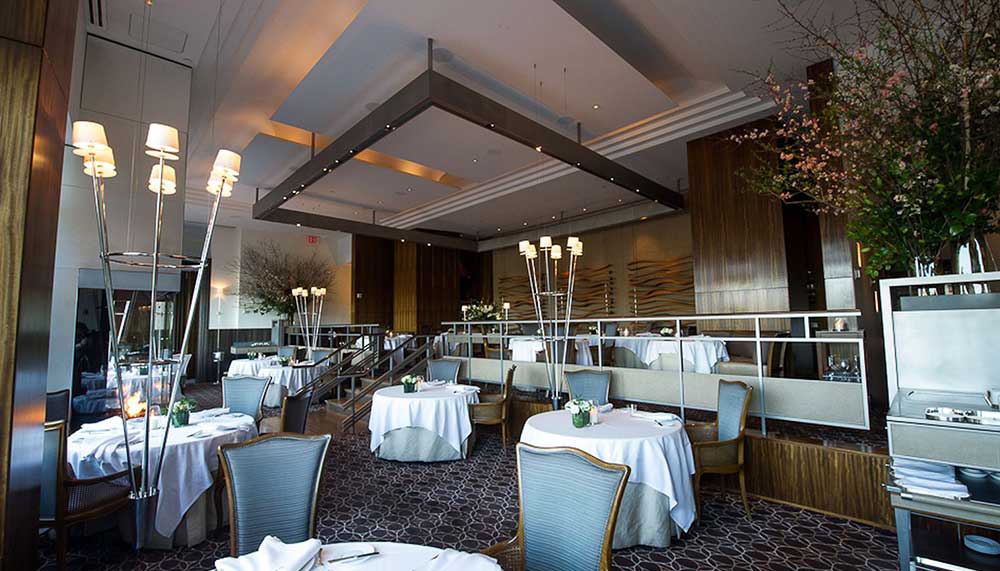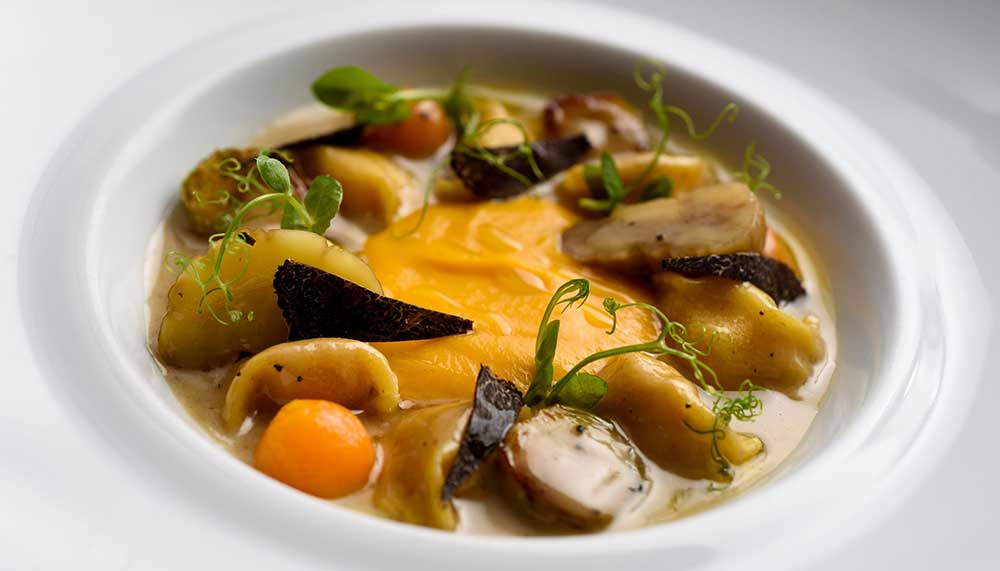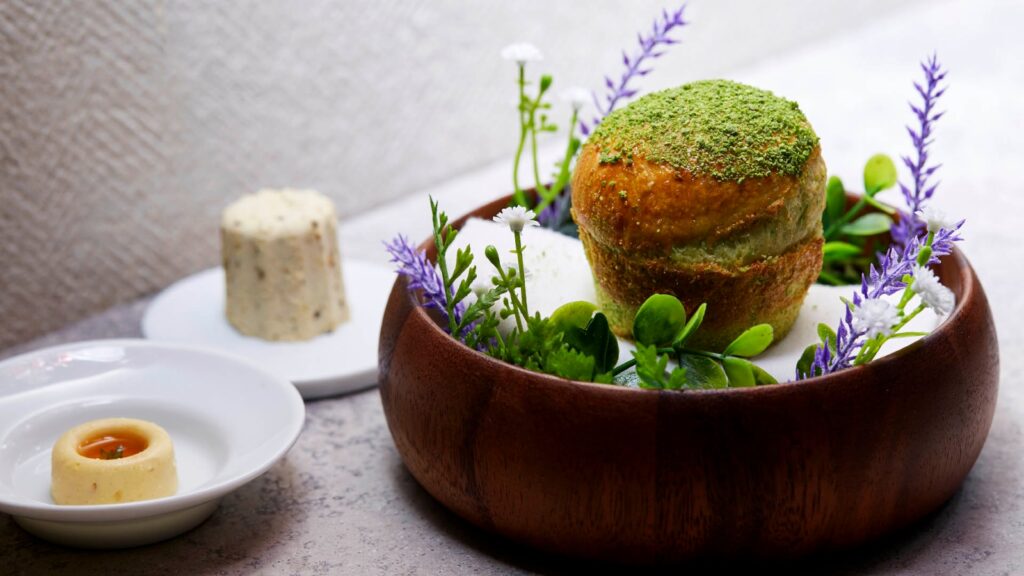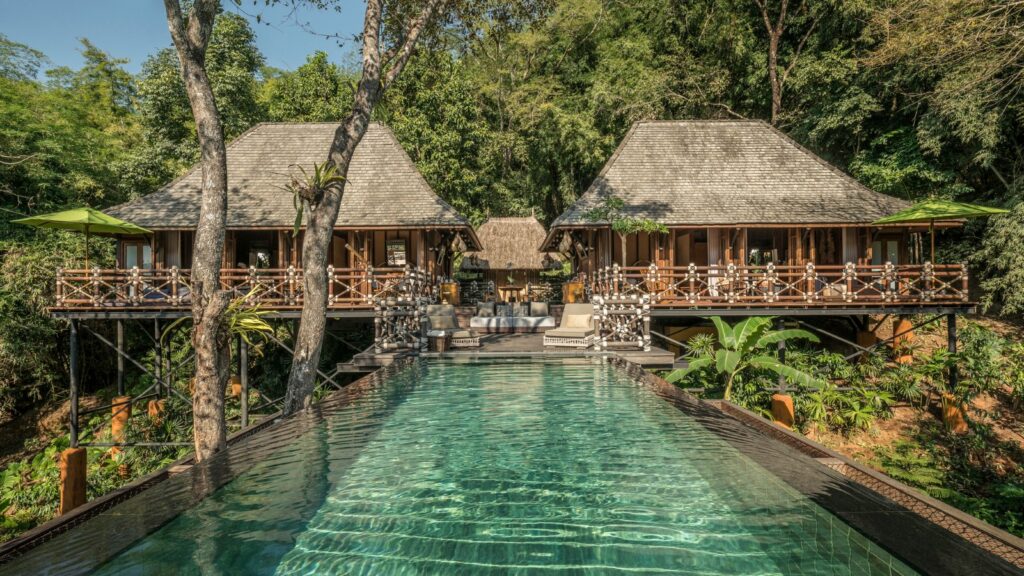The future of food
With its arsenal of top-flight chefs and iPhone-friendly dishes, the casual-culinary revolution has a rich tradition in terminal condition.
Looking back, I can pinpoint the date, the time, the place, even the exact cost of the meal. It was, for me, the day fine dining died.
It was 6:29 pm on July 22, 2007, at Momofuku Ssäm Bar in New York. I walked in without a reservation, took a seat, and ate alone for US$89.20 (RM393), including tax and tip. What was to be David Chang’s seminal restaurant had been open almost a year at that point, but I hadn’t rushed over. I wasn’t fond of his first East Village spot, Momofuku Noodle Bar, and I’d heard this one was no prize. At least until it got great.
I was a member of the fine-dining fellowship, and the revelation that Ssäm Bar was the start of a revolution took hold of me slowly. However, I recognised something inexplicable and brilliant on my plate during that first visit. Called Santa Barbara uni, it was a colourful concoction of orange eggs, fluffed-up bean curd, and lychee-flavored tapioca balls. I told my editor I had eaten a New York Times three-star meal at a counter, on a hard stool. He returned there with me a few weeks later and said, “Why not four stars?”
Chang was original. And visionary. He inspired people to become chefs who, in the traditional sense, had no business being chefs. He changed everything.
I called Chang a few months ago to ask how his relentless assault on fine dining was coming along. He enjoys lecturing me and began his latest effort by demonstrating an uncanny knowledge of my earlier life. “When you were a young sportswriter covering Muhammad Ali, did you ever think that someday nobody would care about boxing anymore?” he asked.
I confessed that I had not.
“If you had said that, you’d have been laughed out of the business.” I never realised he was so perceptive. Or that he knew so much about me. But at least he didn’t call me “Old Man,” his usual greeting.
Chang’s point was that the world changes. Fine dining – thanks largely to him – was not something anyone cared about anymore.
At the end of the 20th century, before Chang, such a decline would have been inconceivable. The high-end restaurant culture in the United States was flourishing, predominantly in major cities. “Once, fine dining was the only option for people who wanted to eat well,” Chang said. “In the ’70s, the ’80s, and the ’90s, snobbery and elitism were part of being a gourmand. That is not the case anymore.”
Fine dining isn’t quite dead, not yet – for that matter, neither is boxing. But the general perception is that it’s staggering, and Chang says it is likely to get worse. “The worst thing food can ever be is based on nostalgia. If you are not looking forward, food is dead.”
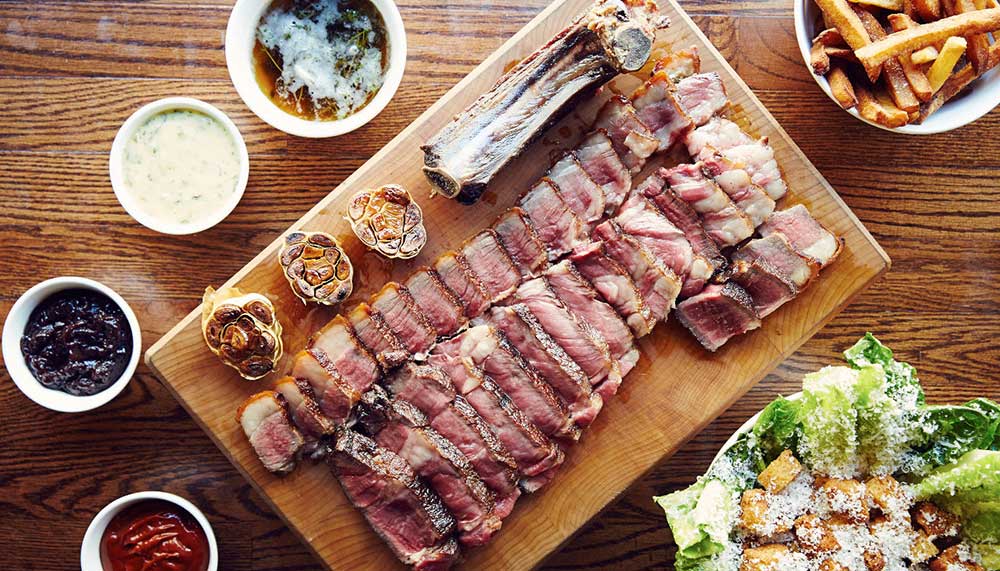
That fine dining is fading in the United States is an inevitability to some, a nightmare to others. To those of us in the latter category, I offer this sad revelation: fine dining isn’t actually part of us as Americans, the way it is for the French. For us it’s an astonishingly long-running fad that has endured for no good reason except that it gave people with more money than other people a way to enhance their already-swell lives.
The journalist and restaurant historian Patric Kuh, author of The Last Days of Haute Cuisine, says American fine dining began in 1941 in New York, at the restaurant Le Pavillon under the autocratic and legendary Henri Soule. “It was purely French,” he says, “with all sorts of ways of intimidating the diner. The menu in French so you wouldn’t feel comfortable ordering, and with no way of paying except in cash or a house account – and using cash showed you didn’t belong.” He adds: “Don’t forget all those sauces named for French nobles who were guillotined.”
Fine dining was never intended to be democratic. From the start, it was a demonstration of wealth and privilege, a remembrance of Michelin-starred European vacations, a joyous struggle with a wine tome too heavy to lift, a stimulating battle of wits with a snooty sommelier, and then, finally, the meal: a lot of overly sauced food followed by a cheese course that made no sense.
Yet fine dining is more than that; it is an expression of culture, the most enlightened and elegant form of nourishment ever devised. Without it we will slowly regress into the dining habits of cave people, squatting before a campfire, gnawing on the haunch of a bear. (That scenario is likely a few millennia away.) Without fine dining, we are indubitably less civilised. (And of course, nobody will use the word indubitably at table anymore.)
The doomsday scenario presented by Chang is not shared by Eric Ripert, co-owner and chef of the Manhattan seafood restaurant Le Bernardin, to me the premier fine-dining restaurant in the country for the past 20 years. “My restaurant is full,” he says. “In the United States fine dining is vibrant. I’ll tell you why. Millennials like to be pampered, and fine dining is basically a lifestyle: Dress well, look good, enjoy an experience that’s almost like money can’t buy but of course it can. And in America, the prices are certainly good compared to Europe.”
He offers another persuasive argument, that fine dining is inherently important to certain customers – those who are well off and who care nothing about cost. Such people, he says, will not allow fine dining to disappear.
He tells a story about one of his best customers, a Greek shipping magnate in the style of Aristotle Onassis who used to come to Le Bernardin once a week and spend US$10,000 on dinner. During the Great Recession, he continued to spend US$10,000 on every meal. One day Ripert said to him, “How is business?” The man replied, “Terrible, terrible.”
“I said to him, ‘Then why do you keep spending US$10,000 on every meal?,’” Ripert recalls. “He answered, ‘What do you have for breakfast every day?’ I told him, ‘Coffee, yogurt, maybe two cookies.’ He said, ‘Have you changed since the recession?’ I said no. He said, ‘Then why should I?’ With the wealthy, the price of fine dining doesn’t matter.”
Fine dining is not simply French food, although that was the case decades ago. Even Le Bernardin is not principally French anymore – Ripert’s repertoire is considerably more diverse. So are those of Jean-Georges Vongerichten at Jean-George and Daniel Boulud at Daniel, two other stalwarts of the genre. Still, the accoutrements of the French tradition remain the standard by which fine dining is defined.
Of utmost importance is a strong, recognisable presence, on hand every day, whether it’s the owner (increasingly rare) or the chef (more likely). The venerable Joël Robuchon plans to open a Manhattan restaurant in late 2017. He will almost certainly be on the premises for a few months, until restaurant critics make their pronouncements, and then he will likely disappear. He has restaurants in Bangkok, Hong Kong, Las Vegas, London, Macau, Monaco, Paris, Singapore, Taipei, and Tokyo. It wouldn’t be business as usual for him to stick around. Such a restaurant, regardless of how well it is executed, is rarely fine dining.
A chef in the kitchen is only the first requirement. The staff must be not just well trained but involved, committed to the restaurant and to customer service. The noise level has to be low enough to encourage conversation. Tablecloths are recommended and highly desirable, but perhaps not mandatory, not anymore. À la carte food service should be a requirement, so people can actually eat what they want, although the elegant Per Se broke both that and the chef-on-premises edict upon opening in 2004. (Thomas Keller divided his time between two restaurants, Per Se and French Laundry, and the restaurant offered only tasting menus in the dining room.) A staff of sommeliers is vital, and in this regard U.S. restaurants are better than ever.
Not to be excluded are the tastes and attitudes of a restaurant’s customers. American restaurant-goers have never been the most sophisticated. I remember the late Gilbert LeCoze, original co-owner and chef of Le Bernardin, lamenting to me shortly after it opened that he stopped standing inside the door to greet guests as they arrived because all they did was ask him the way to the bathroom. He also said, memorably, “Americans do not want fish; they want to eat at Burger King.” We’ve gotten worse: Today, men routinely arrive at better establishments wearing T-shirts, faded jeans, and battered running shoes.
New York City is the best example of the cultural forces buffeting fine dining, although to be fair, you will find them everywhere. René Redzepi of the great Copenhagen restaurant Noma recently tweeted: “Lunch today: 6 people played Pokémon Go the entire meal.”
At all levels of the dining world, customers seem more concerned with photographing their food – and posting these masterpieces on the Internet and awaiting acclaim – than they are with eating it. Indeed, good-looking food might be more important than good-tasting food. Even the food magazines reserve their highest accolades for bizarre interpretations of burgers, pizza, milk shakes, pastries, and the like. Also wildly admired are countertops, communal tables, food trucks, and back-of-grocery-store holes-in-the-wall.
If standards and tastes are declining, chefs are responding in kind. Douglas Keane, formerly of the excellent Cyrus in Napa Valley, has taken a partner in Sang Yoon, of the also-excellent Father’s Office burger bar in Santa Monica, California. They will open a restaurant that Keane has called “inspired but not challenging.” Not challenging is not fine dining.
For his first U.S. restaurant in 9 years, the wonderful fine-dining chef Gray Kunz plans to open a steak house in Saratoga Springs, New York. No matter how flashy it might be, a steak house is not fine dining. Nevertheless, in Las Vegas alone, Wolfgang Puck, Tom Colicchio, Jean-Georges Vongerichten, Gordon Ramsay, Michael Mina, Mario Batali, and José Andrés operate steak houses. Nothing makes celebrity chefs happier than doing away with 4 days of skimming and straining stock. They’d rather flip steaks or, better yet, hire some poorly paid underling to do it for them. (My Vegas recommendation, at least for authenticity: the Golden Steer, a ’50s joint patronized by the Rat Pack.)
All of which makes one wonder how fine dining ever thrived in the United States in the first place. From its inception, it was predicated on wealth and manners and social standing and privilege. Today, dining is about buzzwords and ramped-up social ideals. Restaurants are required to be eco-friendly, plant-based, locally sourced, devoid of artificial ingredients or processed products, and rich in whatever ingredient is currently in fashion. (I pray for the demise of kale.) The latest craze: cooking in cast-iron pans.
As much as I admire Ripert, I suspect Chang is right. Alternate forms of eating well are thriving, the best example being Chef’s Table at Brooklyn Fare, which has three Michelin stars, food as fine as any in the country, and a ban on photography. But it is polished-countertop dining in the rear of a grocery store. It is precisely what Chang suggests when he says dining has to evolve. It is a 21st-century development, but as great and shiny and expensive (US$306/RM1,350 per person for food) as it may be, it is not fine dining.
Great food prepared by passionate chefs will endure. It is likely that fine dining will become a niche for the very wealthy, with restaurants hidden away much like those fabled Japanese sushi bars we mortals can never hope to find. (And, by the way, sushi bars aren’t fine dining either.) Fine dining as we know it, however, is of another time, when icebergs stood tall, terrorists were the kids who toilet-papered your house on Halloween, and the guy sitting at the table next to you did not dress like a hobbit.
Should you, like me, continue to mourn its disappearance, you might end up in Manhattan’s American Museum of Natural History, stuffed and seated at a properly laid table, in a diorama titled Twentieth-Century Fine-Dining Man.
